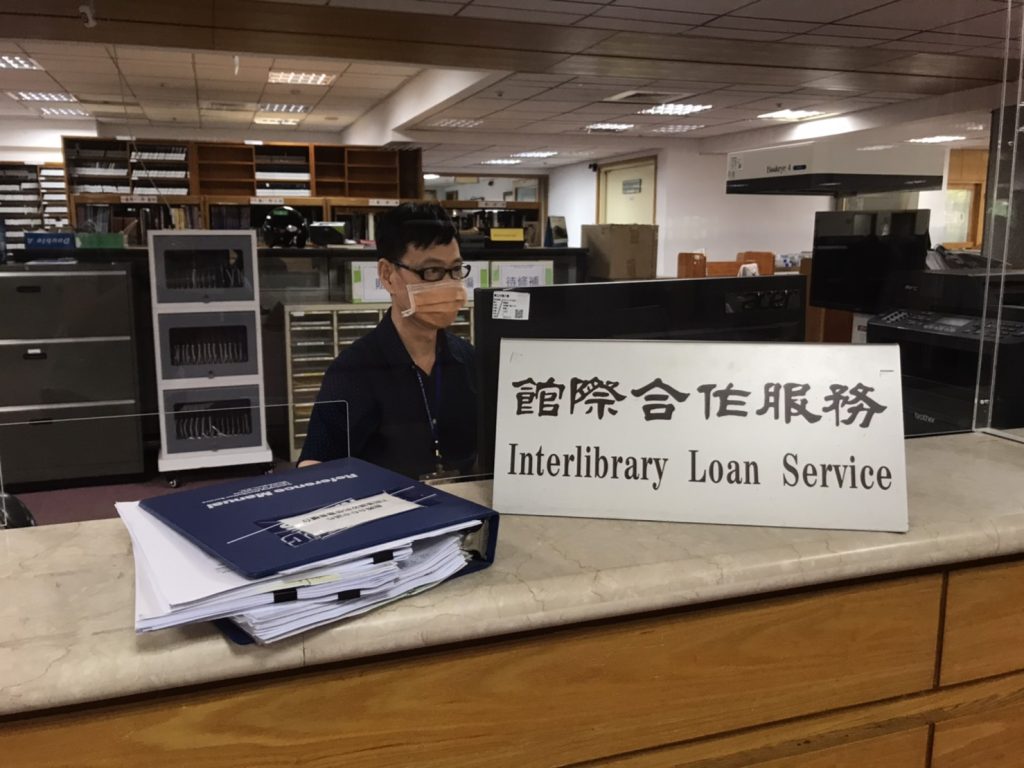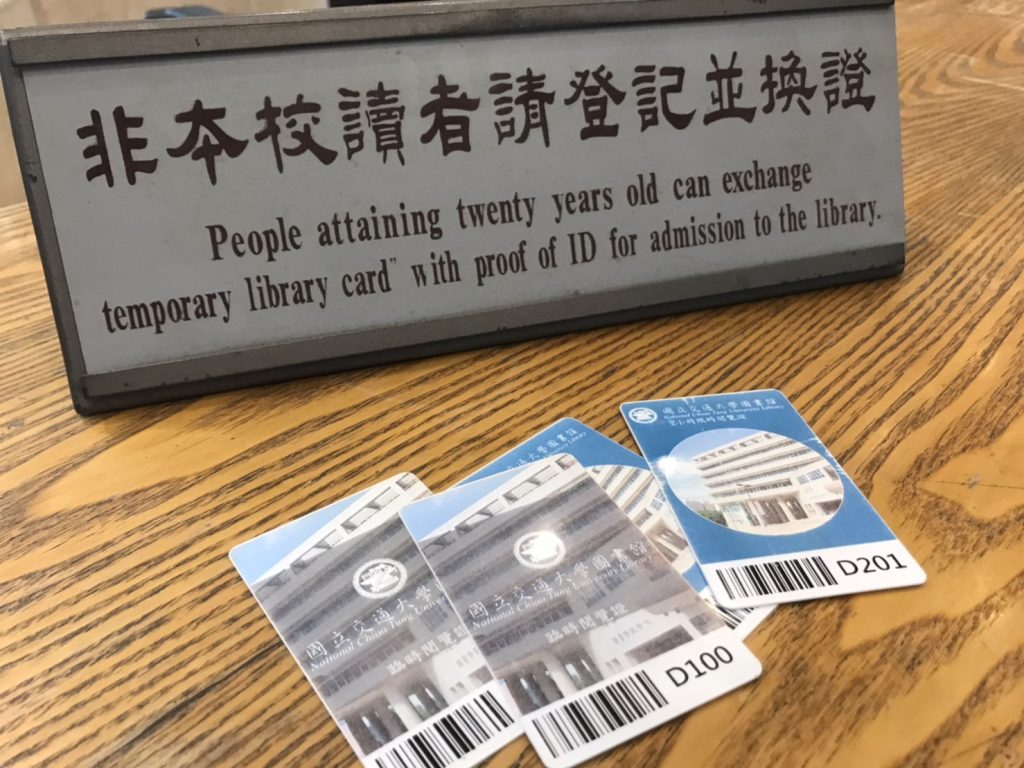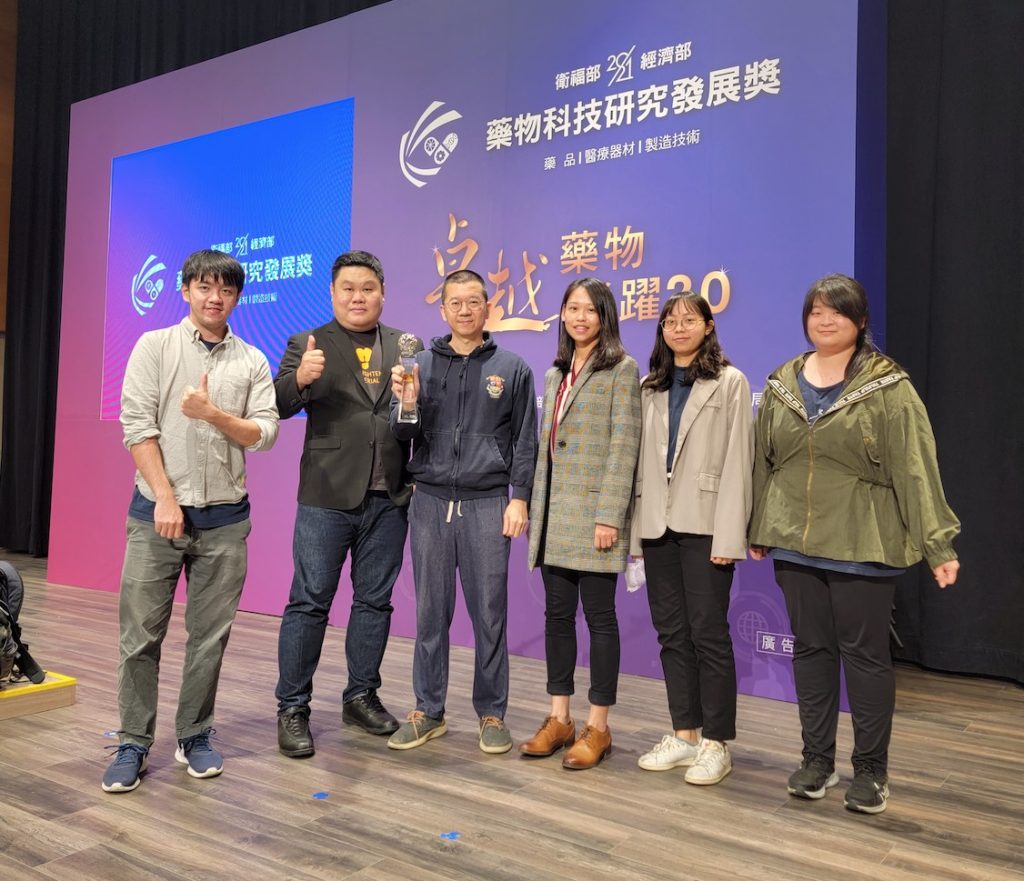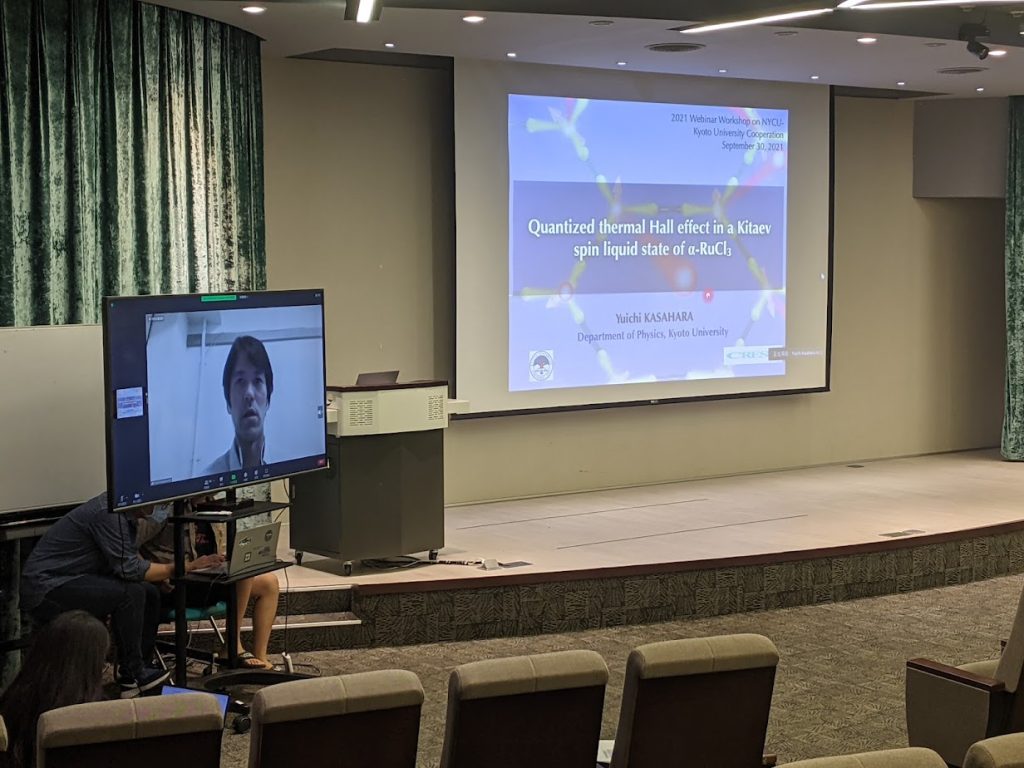Sustainable Achievements
of
NYCU

Maximization of high-quality teaching and research resources, a mutually beneficial alliance between domestic and foreign libraries after the University merger
In April 2021, the university library and the Cultural Affairs Bureau of the Hsinchu County Government signed a mutual book loan agreement to enhance the cooperative relationship between the two parties by sharing resources. Everyone who has a library card from the Cultural Affairs Bureau library is eligible to borrow

Relaxing library entry requirements allows community access to the resources of the halls of higher education
To implement social responsibility by providing proper public access, the library established and put into effect an updated “Library Policies” in 2021. Under the new policy version, individuals must be at least 18 years old to exchange their IDs outside of the university to enter the library (the former Chiaotung

A company that grew out of a laboratory at the Department of Dentistry, Enlighten Materials has been certified by the U.S. FDA and Taiwan TFDA for Class II 3D-printed dental composite resin medical materials
The laboratory team led by Distinguished Professor Lee Shyh-Yuan and Professor Lin Yuan-Min from the Department of Dentistry has developed four different types of composite resin medical materials: temporary denture resin, full denture base material, individual dental tray resin, and dental implant guide plate resin. In order to meet the

Kyoto University exchange student program and basic scientific research program in Germany
Assistant Professor Lin Chun-Liang of the Institute of Electrophysics has long-term research experience at the University of Tokyo and the Institute of Physical and Chemical Research (RIKEN). After returning to Taiwan, he has maintained an intense cooperative relationship with researchers in the field of surface physics in Japan; In addition

Discussing efficient work strategies in the era of multitasking, results of transnational cooperation between NYCU and MSU published in top journals
Professor Tao Chen-Chao from the Department of Communication and Technology of NYCU cooperated with Dean Prabu David of the Michigan State University College of Communication Arts and Sciences and Ph.D. student Xu Ying-Jia of Washington State University, set up task-switching situational experiments using the eye-tracking equipment of the International Research

Diverse services are truly convenient
The University has gradually integrated the payment services of the Yangming and Chiaotung campuses to make them consistent, provide teachers and students with common and diverse financial services, and eliminate the inconvenience of restrictions from space and payment platforms. In May 2011, the Yangming Campus installed EasyCard debiting machines